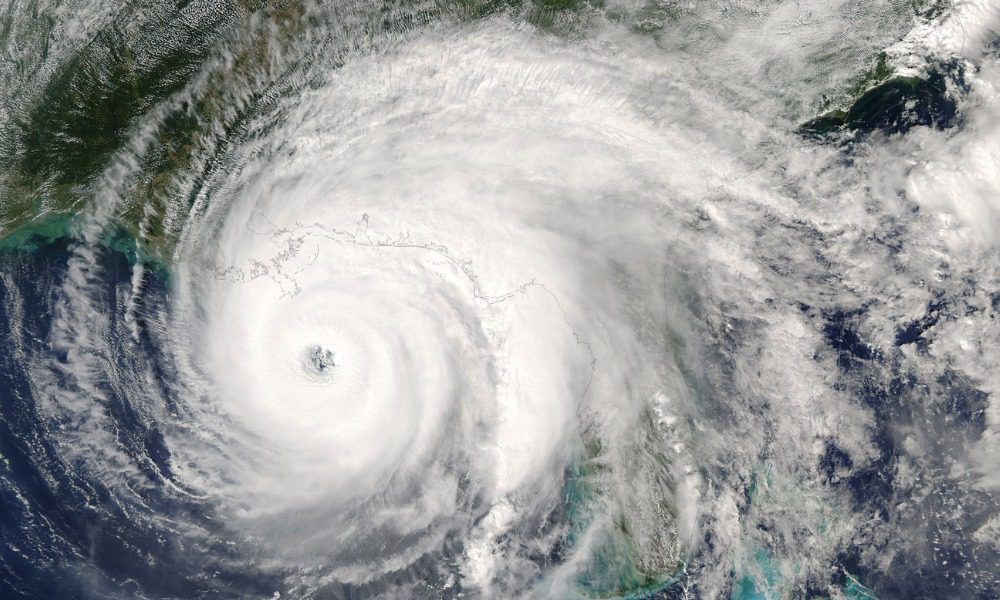Aon highlights growing climate risks for Asia’s financial institutions

Aon highlights growing climate risks for Asia’s financial institutions | Insurance Business Asia
Catastrophe & Flood
Aon highlights growing climate risks for Asia’s financial institutions
Report identified key areas where institutions are vulnerable to physical climate risks
Catastrophe & Flood
By
Roxanne Libatique
Aon has released a report detailing the impact of climate risks on financial institutions, highlighting the increasing significance of climate-related issues in the financial sector.
The report stressed that climate change is not only an environmental concern but also a critical financial risk that must be managed independently of broader environmental, social, and governance (ESG) factors.
It pointed out that climate change encompasses a wide range of issues, including the physical consequences of changing weather patterns, the transition to net-zero emissions, and the evolving regulatory landscape that is beginning to price climate risks into the global financial system.
Aon noted that while financial institutions have engaged in sustainability reporting for many years, the focus on climate as a separate risk category has gained momentum recently. This shift has been driven by the introduction of global climate-specific sustainability standards and the alignment of climate reporting regulations across various jurisdictions.
Key areas where financial institutions are vulnerable to physical climate risks
The report identified four key areas where financial institutions are particularly vulnerable to physical climate risks.
Credit risk
Climate-related events can negatively impact borrowers’ ability to repay loans, especially in areas prone to extreme weather. This can lead to increased loan defaults and a decline in the value of collateral, particularly in high-risk zones where insurance coverage may be inadequate.
Liquidity risk
Natural disasters, such as floods or hurricanes, can lead to a surge in demand for liquidity as financial institutions respond to the needs of affected customers, potentially straining their resources.
Operational risk
Severe weather can cause physical damage to branches and other operational facilities, disrupting business operations and affecting the institution’s ability to serve its customers.
Capital stress
A significant number of loan defaults following a major climate event could severely deplete a financial institution’s capital, leading to potential financial instability.
The report emphasised that credit risk from climate change is a major concern for many retail banks.
When extreme weather damages properties, the risk of underinsurance or non-insurance can leave banks exposed to significant losses, as damaged properties may not retain their value, increasing the likelihood of loan defaults.
How to mitigate climate risks
To mitigate these risks, Aon suggests several strategies for financial institutions.
Reassess risk tolerance
Financial institutions may need to enhance their risk management practices by incorporating climate risk assessments into their loan approval processes. This might include evaluating insurance coverage for properties in high-risk areas and adjusting capital requirements accordingly.
Enhance customer education
Financial institutions can play a role in raising awareness among customers about the importance of maintaining adequate insurance coverage against climate risks. Educated customers are better equipped to make informed decisions that can reduce the financial institution’s exposure to climate-related losses.
Consider alternative risk transfer solutions
Banks may need to explore additional insurance products, such as mortgage impairment insurance or parametric insurance, to protect against potential losses from climate-related defaults, especially in cases where traditional insurance might not provide sufficient coverage.
Promote resilience
As climate risks become clearer, financial institutions can help build resilience at both the community and property levels. This could involve collaborating with insurers to offer more affordable insurance options, working with customers to ensure accurate risk assessments, and advocating for climate-conscious development practices.
Aon’s report underlines the urgency for financial institutions to integrate climate risk management into their strategic planning, as the financial implications of climate change are expected to grow in the coming years. Its publication coincides with the extension of Aon’s research collaboration with Columbia University to further understand the impacts of climate change on severe weather events.
Related Stories
Keep up with the latest news and events
Join our mailing list, it’s free!






